Monitoring the quality and distribution of physical habitat parameters in rivers, such as water depth, grain size and flow velocity, is vital for species survival.


Monitoring the quality and distribution of physical habitat parameters in rivers, such as water depth, grain size and flow velocity, is vital for species survival.
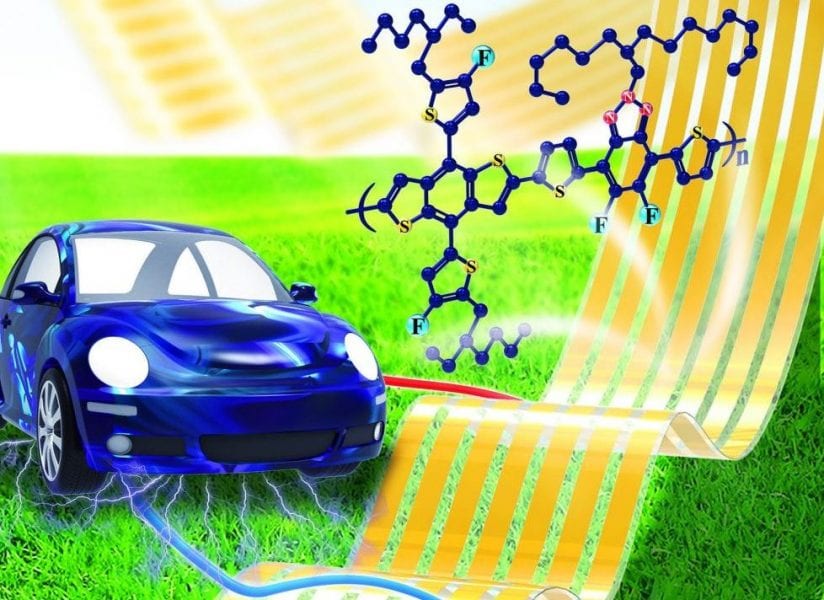
Novel highly efficient polymer solar cells show great promise for large-scale production.

Assembling two types of carbon nanostructures with non-covalent interactions gives an electrode material with enhanced energy density.
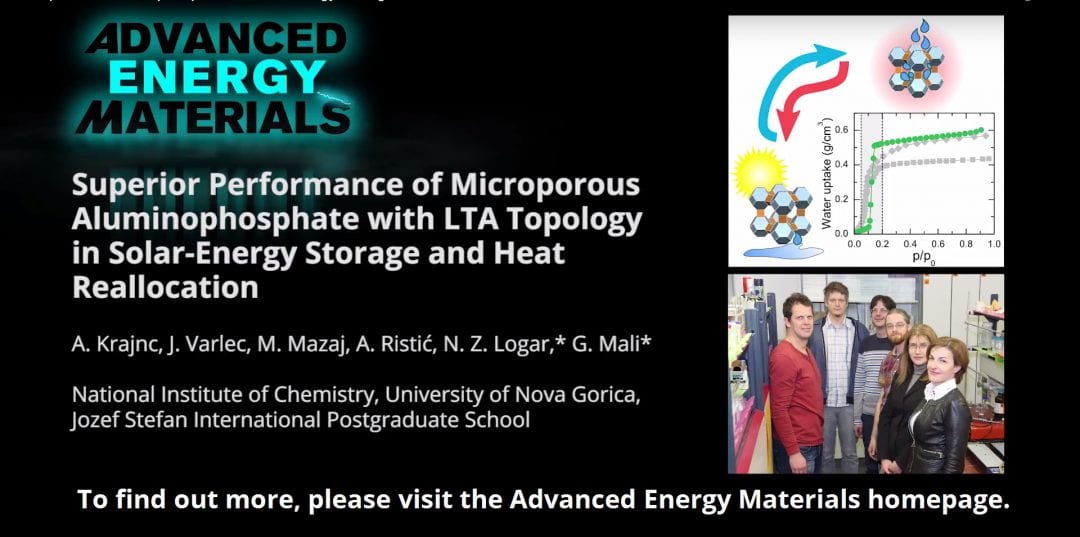
Andraž Krajnc, Nataša Zabukovec Logar, Gregor Mali, and co-workers present a new type of microporous aluminophosphate for high-density storage of solar energy or waste heat in Advanced Energy Materials.
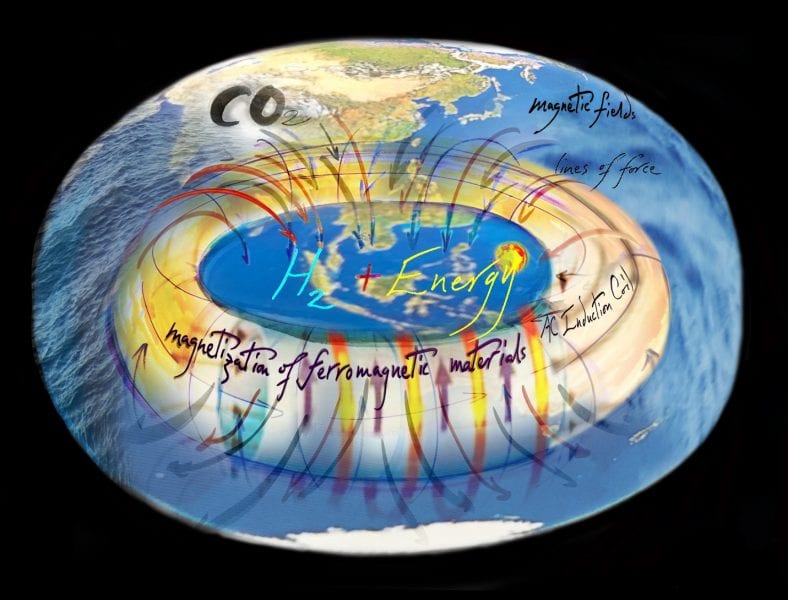
A chemistry and engineering nano-solution that aims to safeguard Earth against climate change can be imagined metaphorically as a “Life Raft” that will sustain renewable energy systems and living systems “thriving and buoyant” over the next thousand years when fully deployed around the globe.
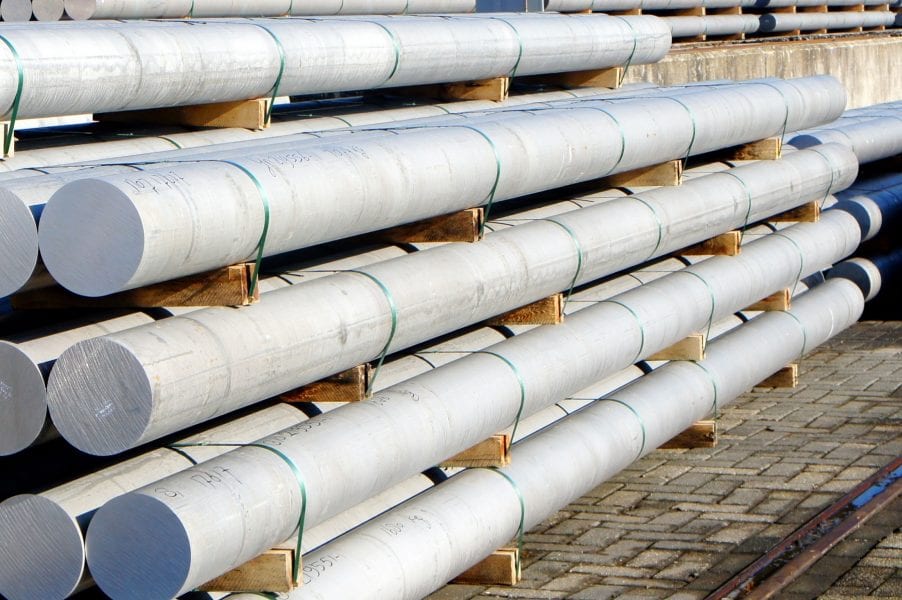
With the virtual battery Trimet has made the energy-intensive electrolysis process for the aluminum production more flexible enabling the use of renewable energy.

A checklist for citizen science projects was developed based on a review of key success factors from previous projects reported in literature.

Research on artificial biofilms to enable the integration of electrogenic microorganisms in biofuel cell technology is presented.
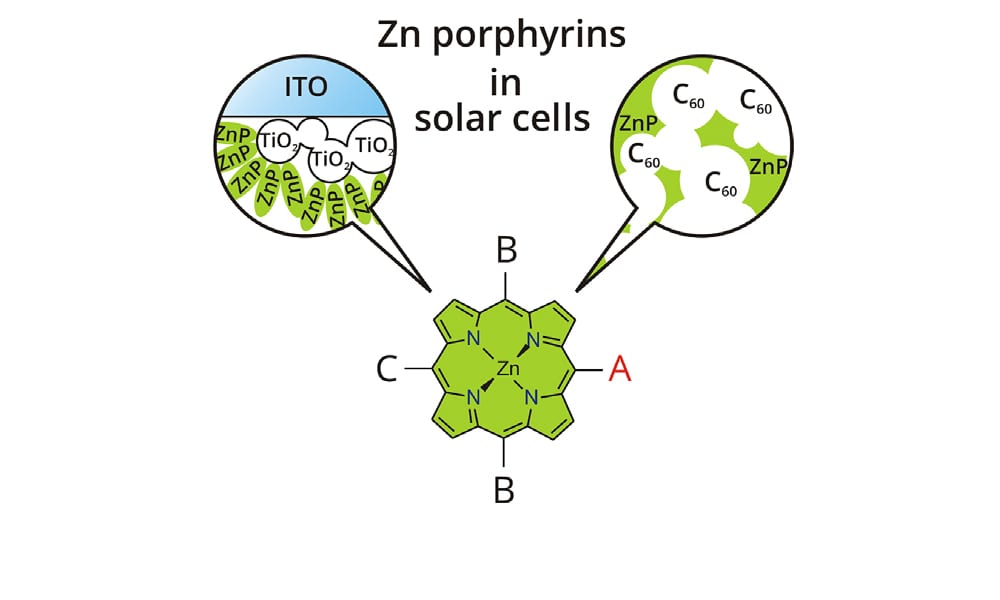
A review of the latest development in the molecular design of zinc porphyrins for dye-sensitized solar cells.

Carbon pricing is a recurrent theme in debates on climate policy. As there is much misunderstanding about the many reasons to implement a global carbon price, ideological resistance against it prospers.